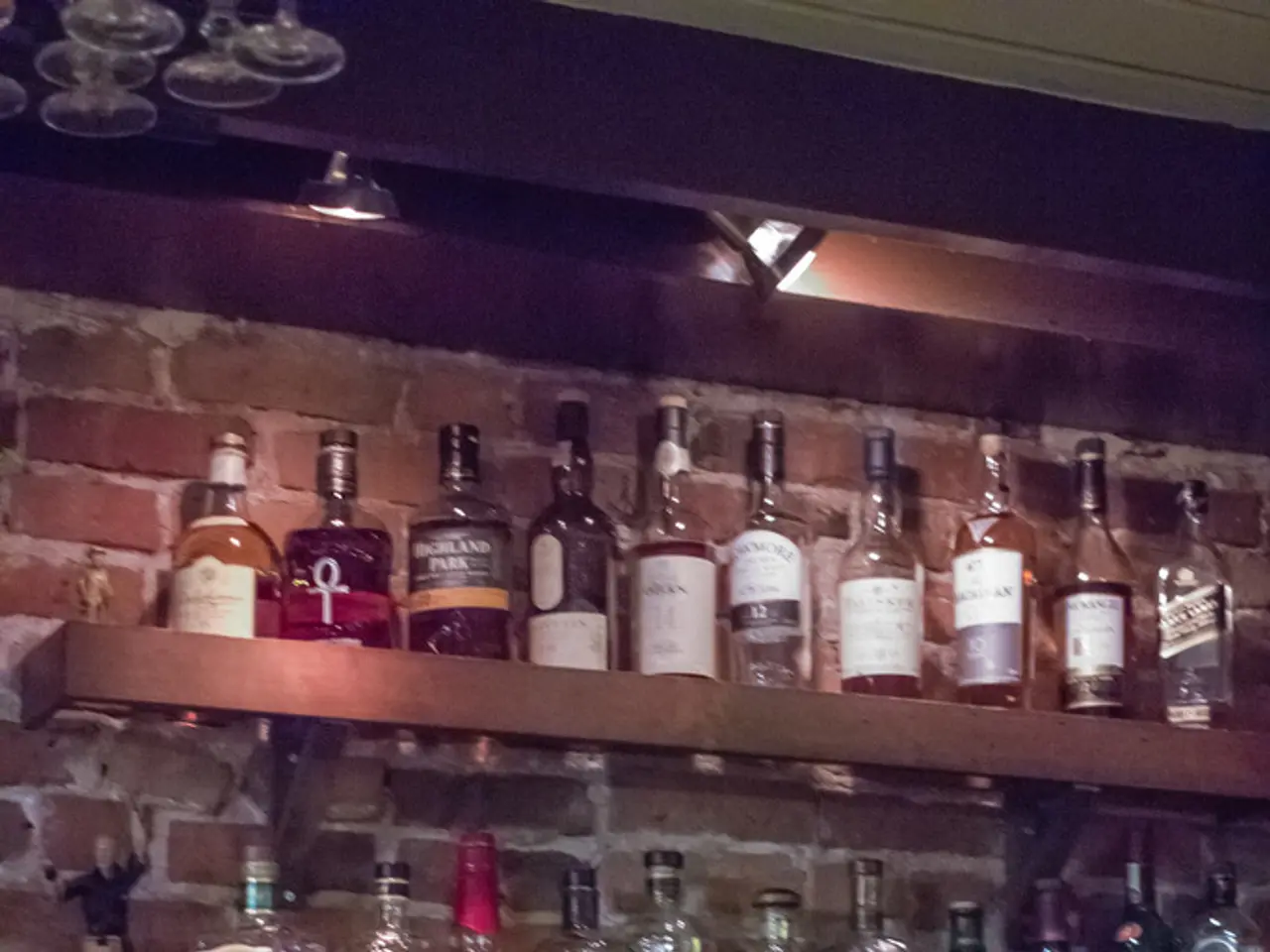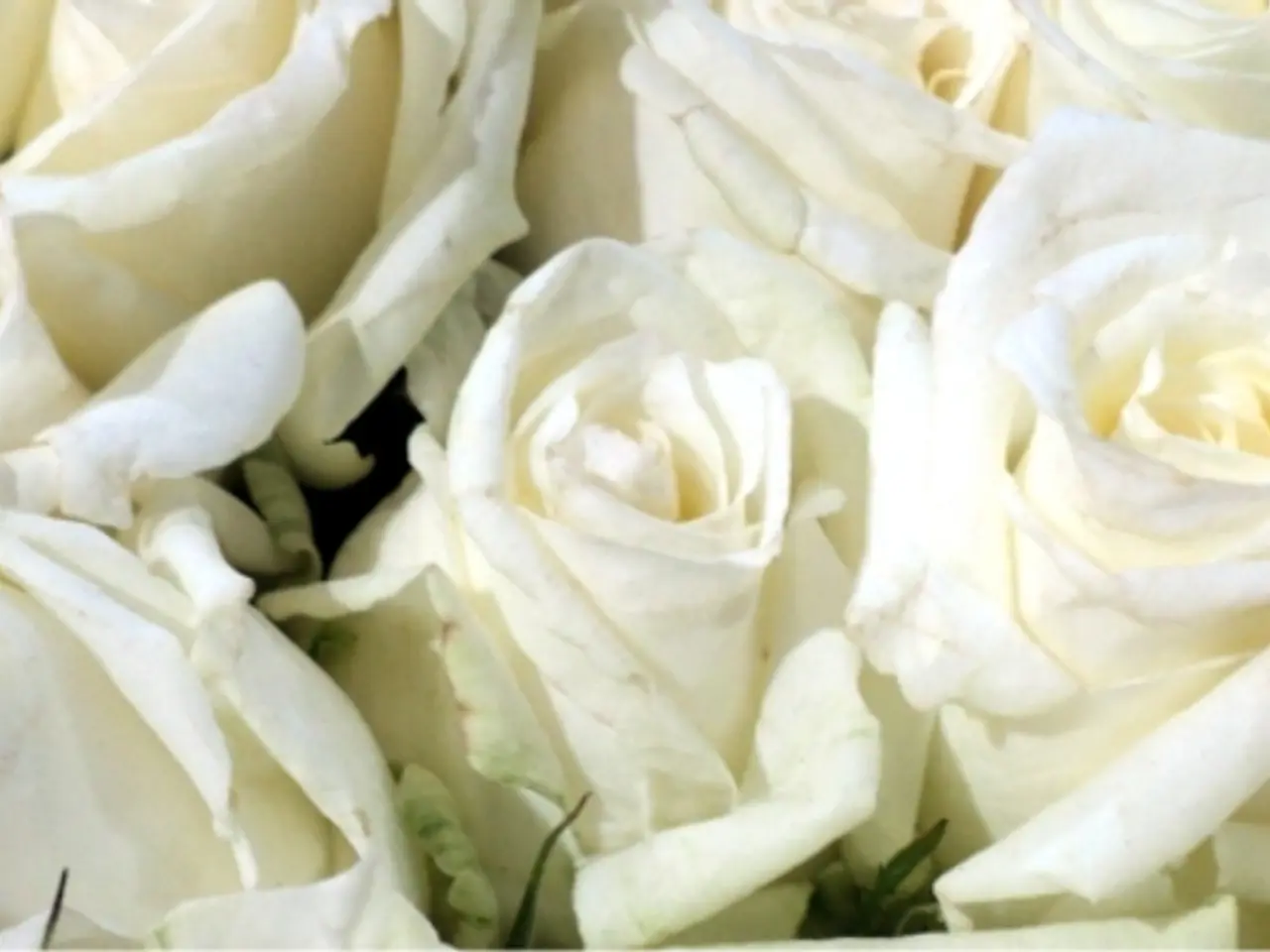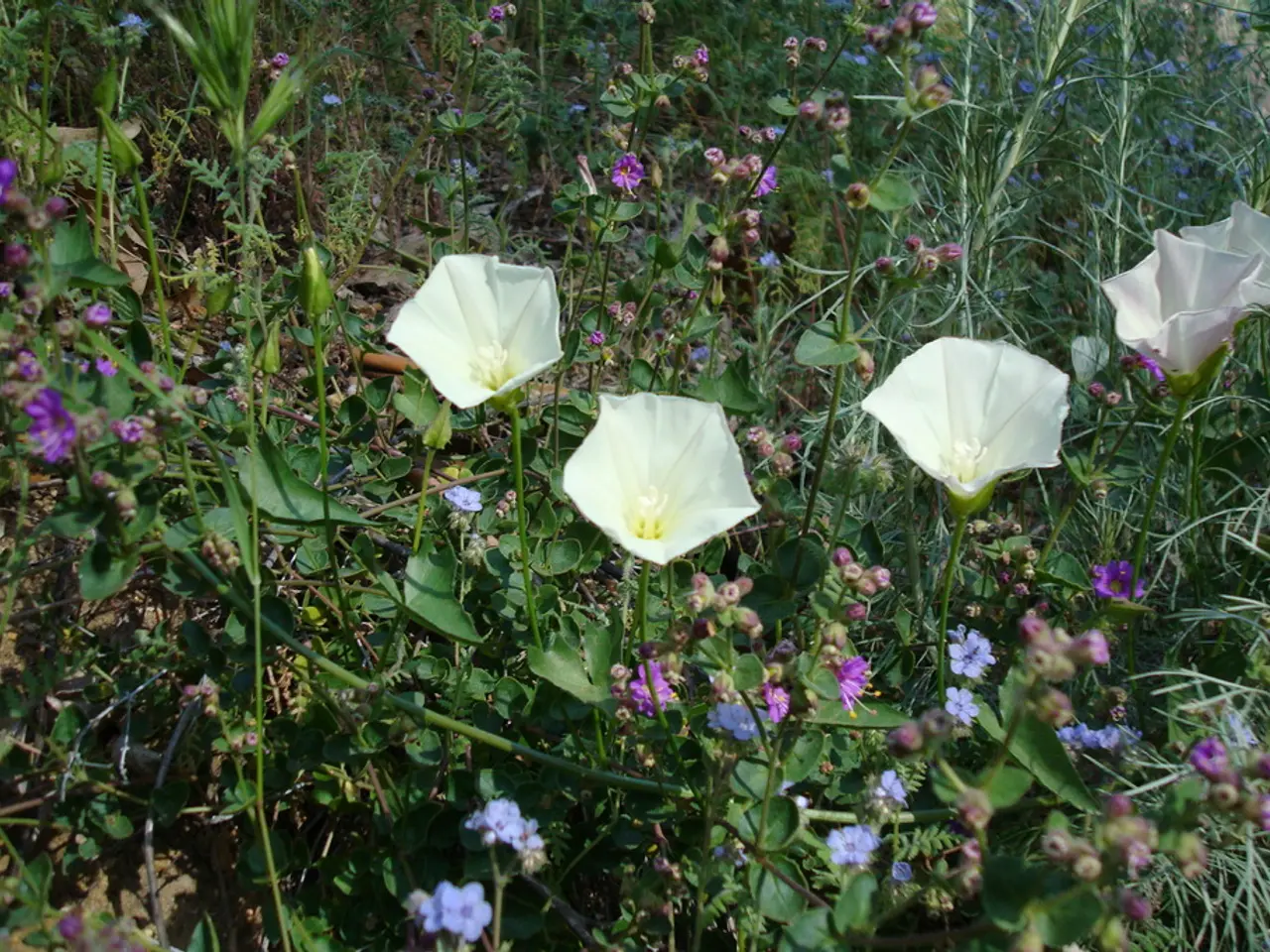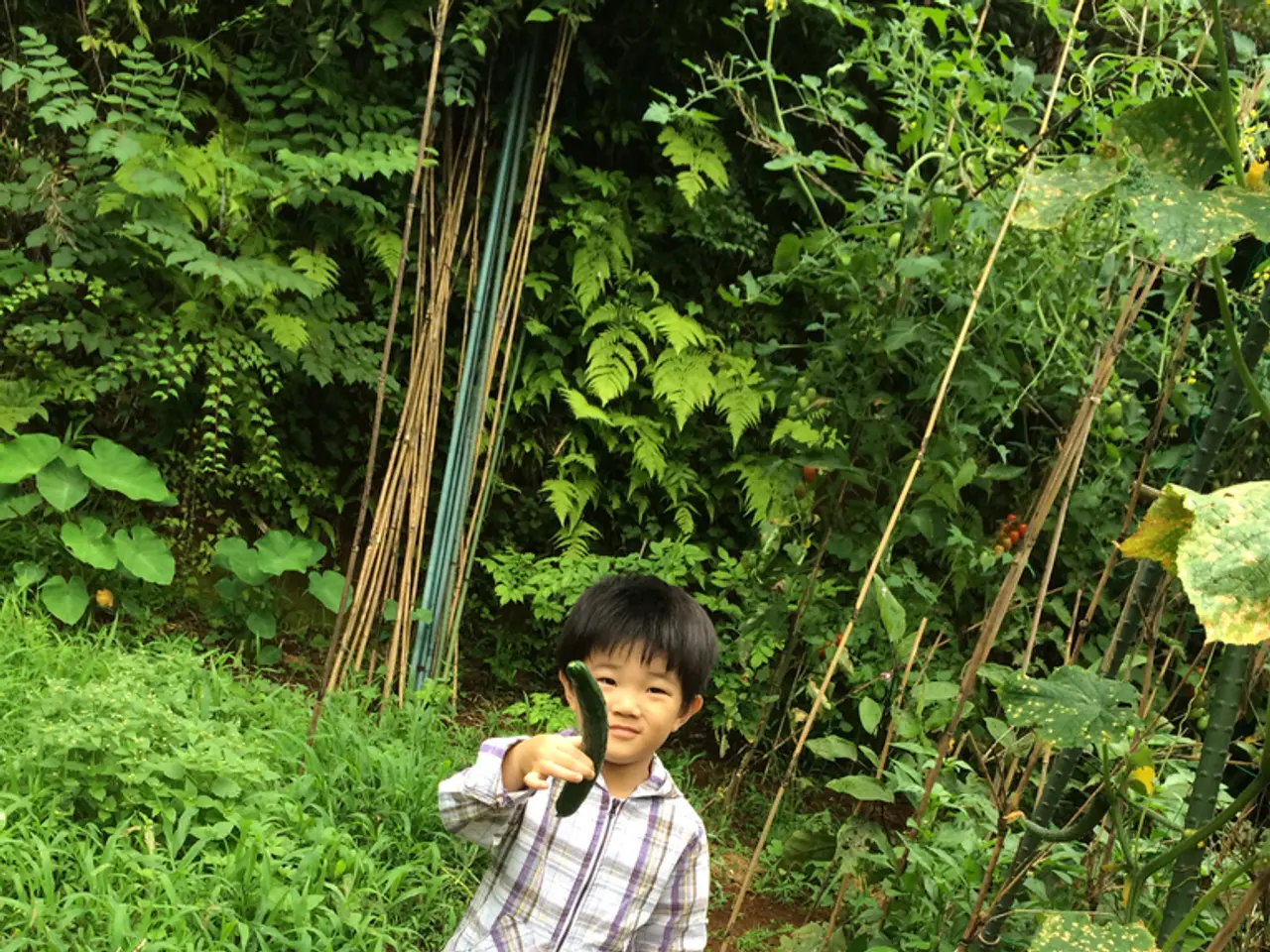Guide for Commencing a Private Wine Cellar
Starting a Wine Collection: Tips from the Experts
Wine collecting can be an exciting and rewarding hobby, but it's essential to approach it with the right knowledge. Giles Burke-Gaffney, the buying director at Justerini & Brooks, offers some valuable advice for beginners.
Firstly, Burke-Gaffney suggests focusing on producers rather than vintages and appellations during the experimentation phase. This approach allows you to understand the unique characteristics of different wines and develop your palate.
In areas where there is a pyramid of quality, like Burgundy, Burke-Gaffney prefers to drink the basic level from a good grower over the top level from a grower he doesn't like. This philosophy emphasizes the importance of finding producers whose wines resonate with your personal taste.
When building a wine cellar, it is advisable to find a merchant or critic whose tastes align with your own. Finding the right partner can mean seeking trusted wine merchants, joining wine clubs, or partnering with knowledgeable friends or sommeliers to guide your selections and education.
A balanced wine collection should include wines that are ready to drink and those that will improve with age. Proper storage is crucial to ensure that your wines age gracefully. Wine storage should control light, temperature, humidity, and vibration. UV-protected glass can prevent light from damaging the aging process of wine, while proper storage can minimize vibrations to prevent premature oxidation.
Justerini & Brooks' buying director advises doing plenty of research for wine storage solutions. Wine fridges or converted closets are practical solutions for home storage without needing a wine cellar.
When starting a wine collection, begin small with 3-5 bottles focusing on wines known for aging well, such as Bordeaux or Rioja reds, oaked Chardonnay or Sémillon whites, and perhaps a vintage Port as a wildcard. Choose wines that you enjoy and that reflect your taste, balancing both drink-now bottles and those to cellar for aging.
Explore regions famous for quality and aging potential: Bordeaux and Rioja for reds, Burgundy for Pinot Noir and Chardonnay, Barolo for Nebbiolo, and Champagne for sparkling wines. Focus on reputable producers with a consistent track record to ensure value and quality.
Buying multiple bottles and magnums of the same wine allows for understanding the wine at different stages of aging and having a replacement. Laying down Champagne can result in it aging well, even non-vintage Grandes Marques can blossom with a couple of years. Older champagne bottles (20-30 years) can be spectacular, although they lose some fizz and become more like wine.
Overall, approach wine collecting intentionally and with joy, focusing on your personal palate and occasions rather than rarity or expense alone. Starting with a manageable number of quality bottles, storing them correctly, and expanding thoughtfully will build a rewarding collection.
- To develop your palate, it's beneficial to focus on producers during the experimental phase of wine collecting, rather than concentrating on specific vintages or appellations.
- In regions with a pyramid of quality, like Burgundy, it's often more rewarding to drink the basic level wine from a good grower over the top level from a grower whose wines don't resonate with your taste.
- When building a wine cellar, finding a merchant or critic whose tastes align with your own can lead to more satisfying selections and a balanced collection.
- A well-rounded wine collection includes wines that are ready to drink and those that will improve with age, and proper storage is crucial to ensure graceful aging, with wine storage controlling light, temperature, humidity, and vibration.




